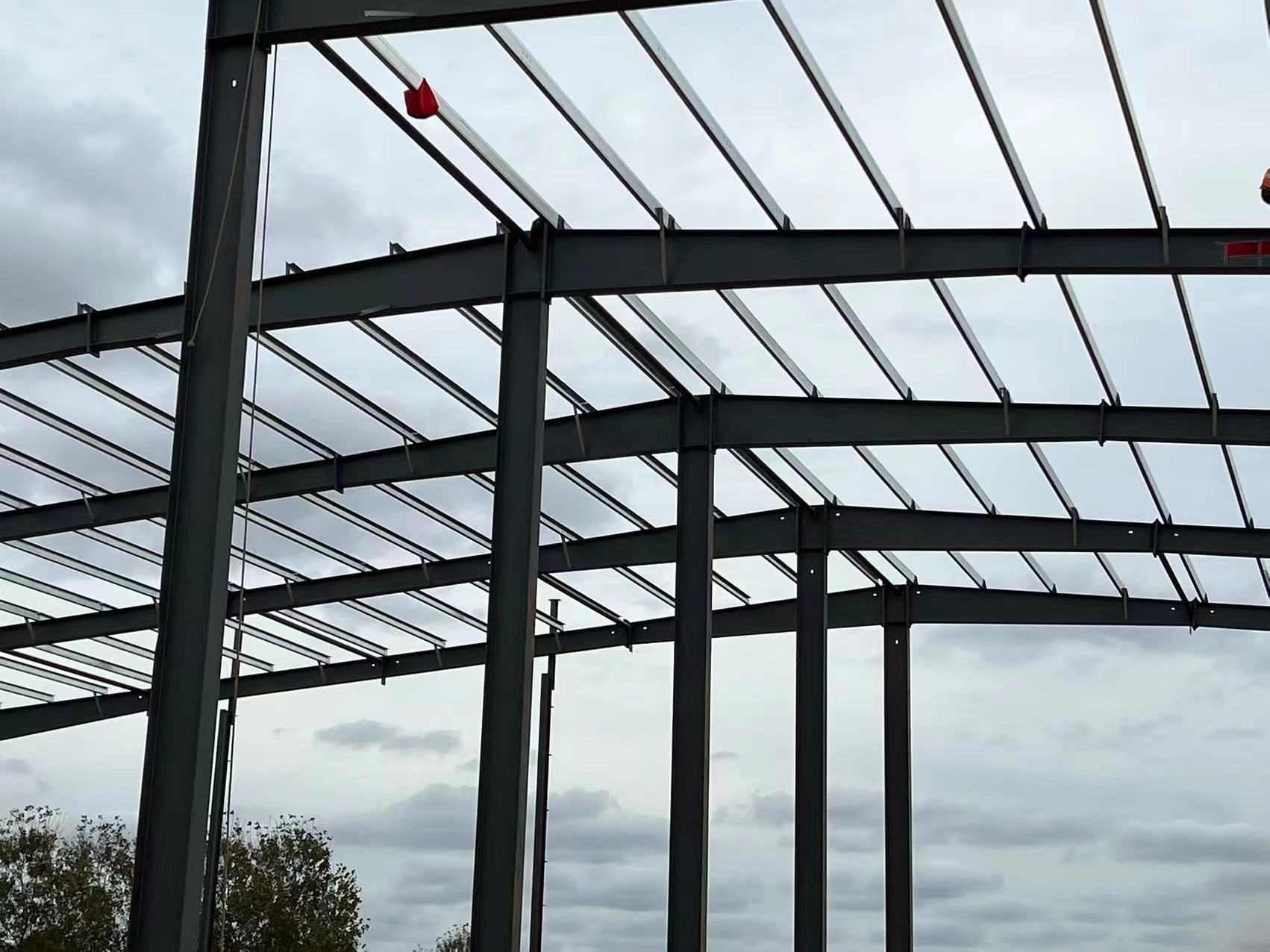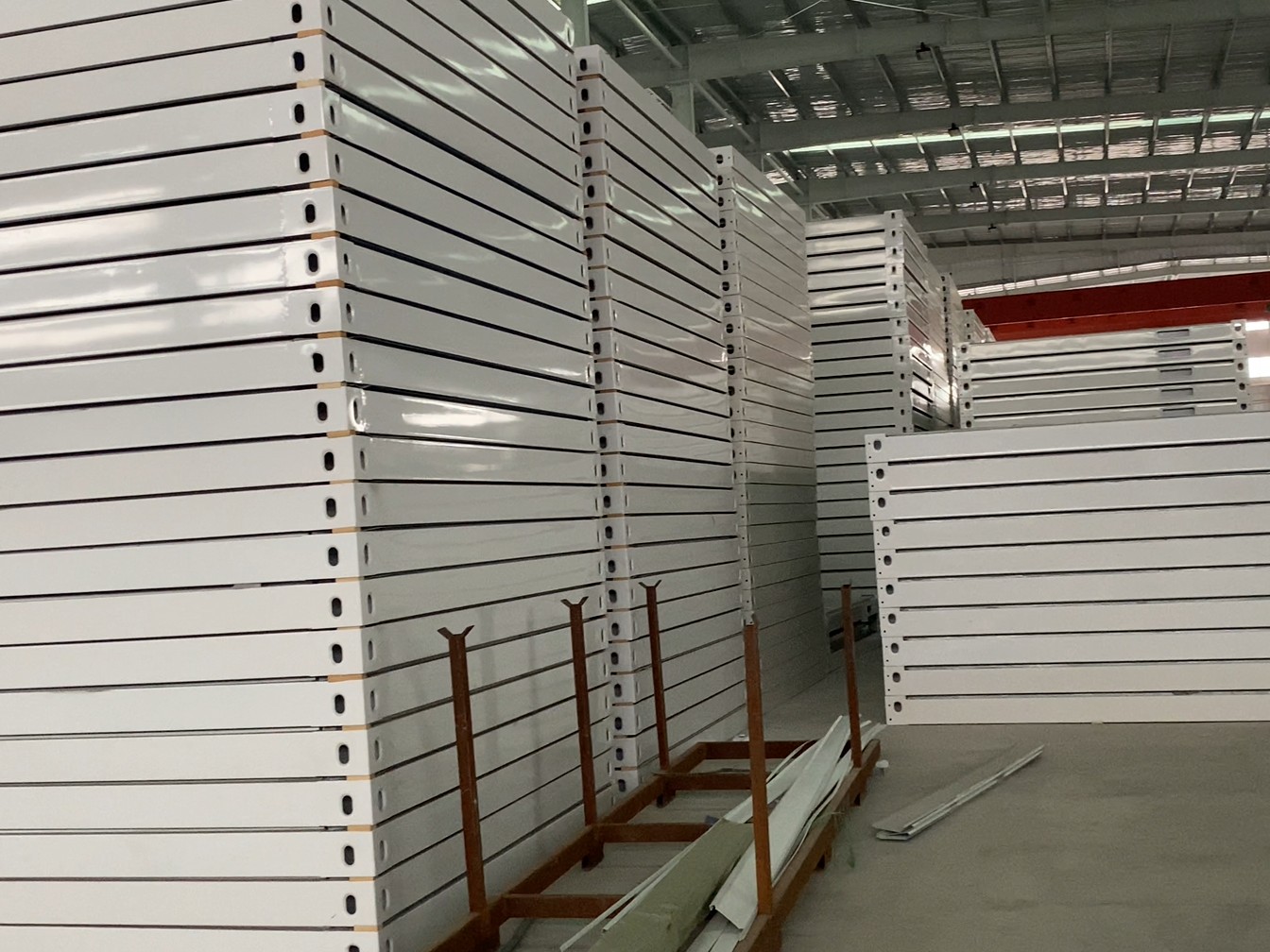Table of Contents
Benefits of Using Recycled Materials in Prefab Building Construction
Prefab building construction has gained popularity in recent years due to its efficiency, cost-effectiveness, and sustainability. One key aspect of sustainable prefab building practices is the use of recycled materials. Incorporating recycled materials into prefab construction not only reduces waste but also helps to conserve natural resources and lower carbon emissions.
One of the primary benefits of using recycled materials in prefab building construction is the reduction of waste. By repurposing materials that would otherwise end up in landfills, builders can minimize the environmental impact of their projects. This not only helps to keep waste out of landfills but also reduces the need for new raw materials, further conserving natural resources.
In addition to reducing waste, using recycled materials in prefab construction can also help to lower carbon emissions. The production of new materials often requires a significant amount of energy, which contributes to greenhouse gas emissions. By using recycled materials, builders can reduce the energy consumption and emissions associated with manufacturing new products. This can have a positive impact on the Environment and help to mitigate climate change.
Furthermore, incorporating recycled materials into prefab building construction can help to conserve natural resources. Many building materials, such as wood and metal, are sourced from finite resources that are becoming increasingly scarce. By using recycled materials, builders can help to extend the lifespan of these resources and reduce the need for new extraction. This can help to preserve ecosystems and protect biodiversity for future generations.
Another benefit of using recycled materials in prefab construction is the potential for cost savings. While some recycled materials may be more expensive than new alternatives, others can be obtained at a lower cost or even for free. By sourcing materials locally and repurposing items that would otherwise be discarded, builders can reduce their overall project costs. This can make sustainable prefab construction more accessible to a wider range of clients and help to promote the adoption of environmentally friendly building practices.
In conclusion, the use of recycled materials in prefab building construction offers a wide range of benefits. From reducing waste and lowering carbon emissions to conserving natural resources and potentially saving costs, incorporating recycled materials into prefab projects can have a positive impact on the environment and the bottom line. By prioritizing sustainability in construction practices, builders can help to create a more resilient and environmentally friendly built environment for future generations.
Implementing Energy-Efficient Design Strategies in Prefab Buildings
Prefab buildings have gained popularity in recent years due to their efficiency, cost-effectiveness, and sustainability. These structures are constructed off-site in a controlled environment, which allows for faster construction times and reduced waste. However, in order to truly maximize the sustainability of prefab buildings, it is essential to implement energy-efficient design strategies.
One of the key ways to achieve energy efficiency in prefab buildings is through proper insulation. By using high-quality insulation materials, prefab buildings can reduce heat loss in the winter and heat gain in the summer, leading to lower energy consumption for heating and cooling. Additionally, proper insulation can help maintain a comfortable indoor temperature year-round, reducing the need for mechanical heating and cooling systems.
Another important aspect of energy-efficient design in prefab buildings is the use of energy-efficient windows and doors. By installing windows and doors with low U-values, prefab buildings can minimize heat transfer between the interior and exterior, reducing the need for artificial heating and cooling. Additionally, energy-efficient windows and doors can help maximize natural light and ventilation, further reducing the reliance on artificial lighting and ventilation systems.

Incorporating Renewable Energy sources is another effective way to enhance the sustainability of prefab buildings. Solar Panels, wind turbines, and geothermal systems can all be integrated into prefab building designs to generate clean, renewable energy on-site. By harnessing renewable energy sources, prefab buildings can reduce their reliance on fossil fuels and lower their carbon footprint.

Water conservation is also a critical component of sustainable prefab building design. Implementing water-efficient fixtures, such as low-flow Toilets and faucets, can help reduce water consumption and minimize the strain on local water resources. Additionally, rainwater harvesting systems can be installed to collect and reuse rainwater for irrigation, flushing toilets, and other non-potable uses.

Incorporating green roofs and living walls into prefab building designs can also contribute to sustainability. Green roofs help reduce stormwater runoff, improve air quality, and provide insulation, while living walls can help purify indoor air and create a more pleasant indoor environment. By incorporating these green features, prefab buildings can enhance their sustainability and promote a healthier living environment for occupants.
Proper site orientation and landscaping can also play a significant role in the energy efficiency of prefab buildings. By orienting buildings to maximize natural light and ventilation, prefab structures can reduce their reliance on artificial lighting and cooling systems. Additionally, strategically planting trees and shrubs can help provide shade, reduce heat gain, and improve the overall energy performance of prefab buildings.
In conclusion, implementing energy-efficient design strategies is essential for maximizing the sustainability of prefab buildings. By focusing on insulation, energy-efficient windows and doors, renewable energy sources, water conservation, green features, site orientation, and landscaping, prefab buildings can significantly reduce their environmental impact and promote a more sustainable future. By incorporating these strategies into prefab building designs, we can create buildings that are not only efficient and cost-effective but also environmentally friendly and socially responsible.

